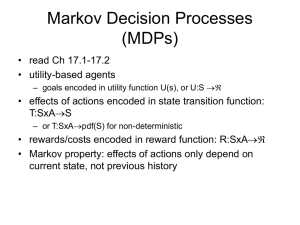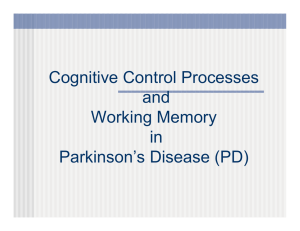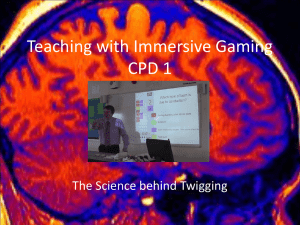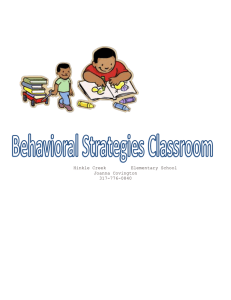Handout 5: Adolescent Brain Development
advertisement
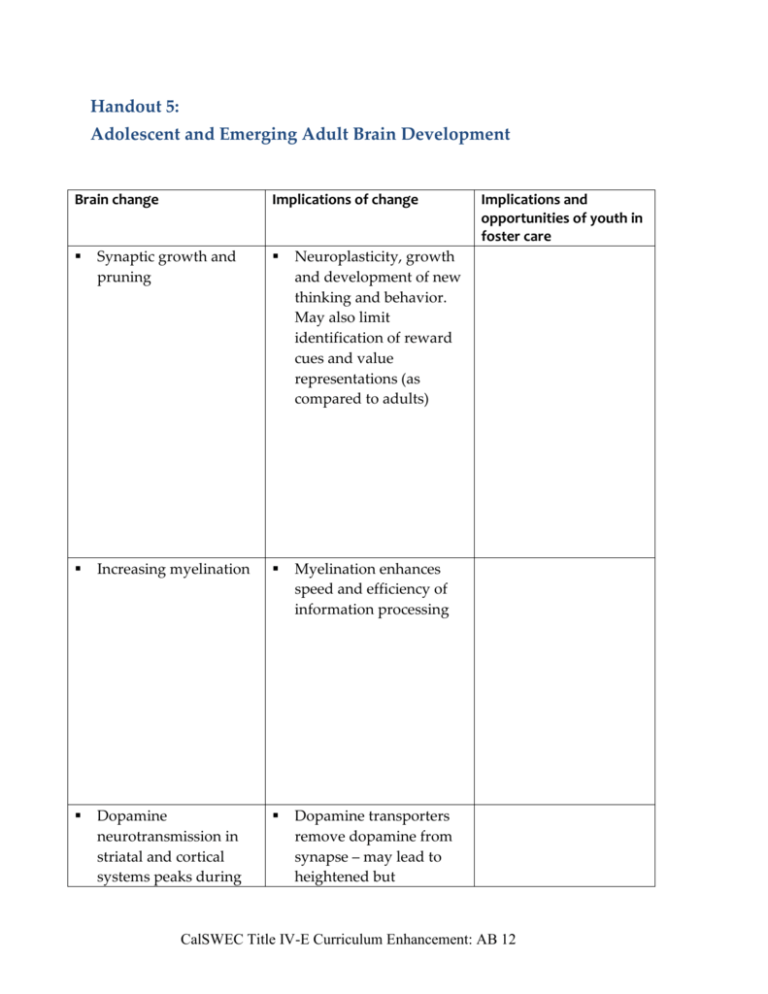
Handout 5: Adolescent and Emerging Adult Brain Development Brain change Implications of change Synaptic growth and pruning Neuroplasticity, growth and development of new thinking and behavior. May also limit identification of reward cues and value representations (as compared to adults) Increasing myelination Myelination enhances speed and efficiency of information processing Dopamine neurotransmission in striatal and cortical systems peaks during Dopamine transporters remove dopamine from synapse – may lead to heightened but Implications and opportunities of youth in foster care CalSWEC Title IV-E Curriculum Enhancement: AB 12 Brain change Implications of change adolescence temporary sensitivity to rewards (especially pertinent to ADHD) “Under” activity during anticipatory processing in ventral striatum Reward cue detection is less sensitive when reward is offered and more distal (delayed gratification) “Under” activity during probablistic decision making in orbitofrontal cortex and medial prefrontal cortex Value representation is less developed and ability to accurately determine possible negative consequences “Over” activity in Implications and opportunities of youth in foster care Behaviors leading to CalSWEC Title IV-E Curriculum Enhancement: AB 12 Brain change Implications of change ventral striatum during reward receipt Development of circuits supporting inhibitory control is protracted Amygdala hyperactivity Implications and opportunities of youth in foster care immediate reward are enhanced at expense of longerterm reward Limitations to harm avoidant behavior References: Galvan, A. (2010). Adolescent development of the reward system. Frontiers in Human Neuroscience. Geier, C., Terwilliger, R., Teslovich, T., Velanova, L., & Luna, B. (2009). Immaturities in reward processing and its influence on inhibitory control in adolescence. Cerebral Cortex Advance Access. CalSWEC Title IV-E Curriculum Enhancement: AB 12






